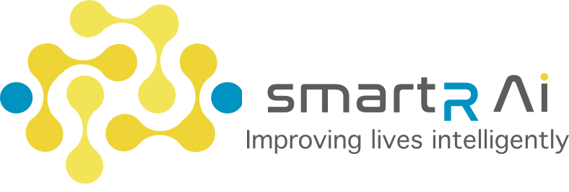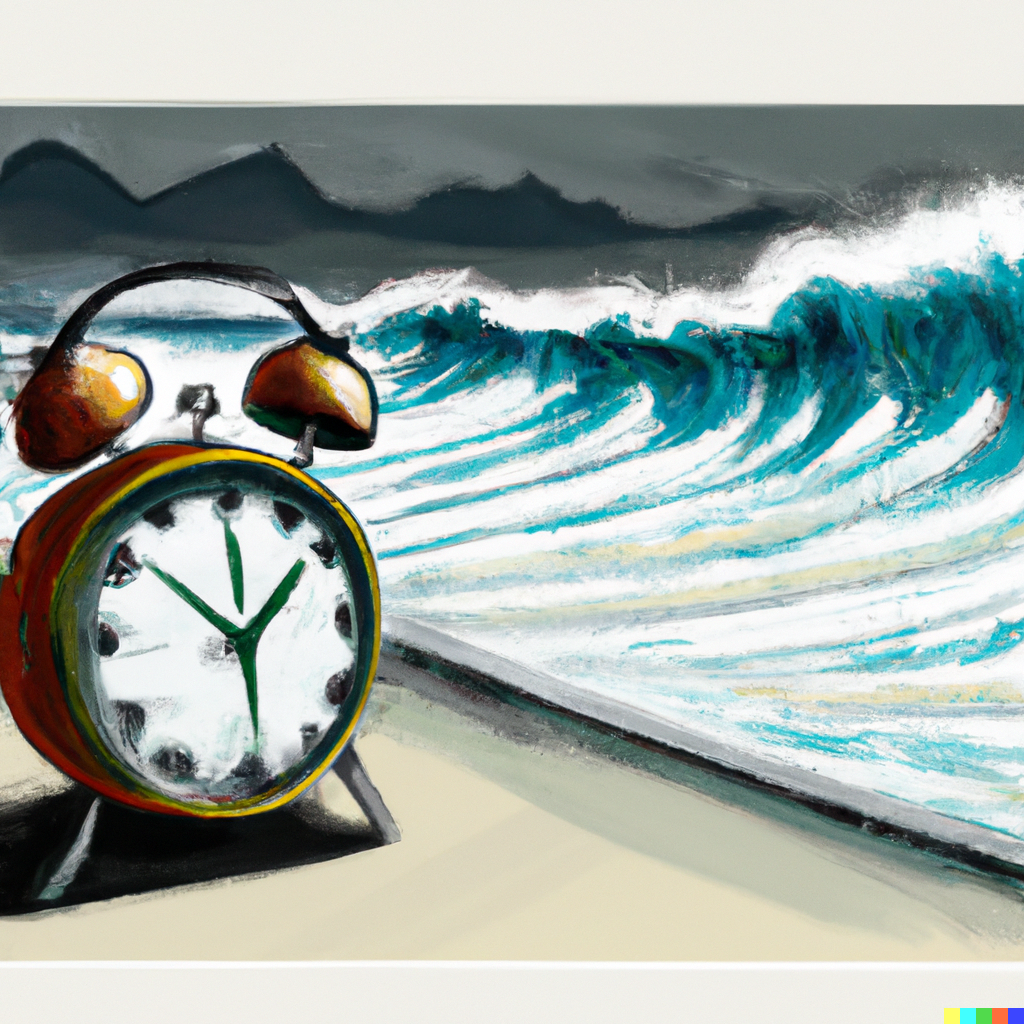In the year I spent living by the seashore in the north of New Zealand, I spent the nights listening to the waves and fearing the tsunami siren would go off at any second. At eight years old this felt like the scariest idea imaginable, but years later the thought of having no early warning system is much more frightening. This is the scary reality for millions of people who live in areas prone to natural disasters such as flash floods, hurricanes, tornados, earthquakes and tsunamis.
So far, we have explored how AI can alert us to internal health related dangers. In the ‘how to put the care back into healthcare’ blog we discussed how continuous monitoring through wearable technologies and personalized health planning can provide an early warning that our health may be in danger or require an intervention. Companies like smartR AI have developed wearable devices such as the smartR watch coupled with AI programmes such as alertR to give individuals more control over their health and reduce any health threats we may face. But threats to our lives can also be external, so how can AI help protect us from natural disasters?
Early disaster warning systems are essential for saving lives, livelihoods and diminishing the detrimental impact of natural disasters. With the recent more turbulent weather experienced across the whole world, a higher frequency of natural disasters has been the outcome. Some areas will be particularly prone to natural disasters and it is important that we ensure these areas have the correct infrastructure to support and protect their residents.
The biggest problem is where countries don’t have any early warning systems at all. One third of countries worldwide are not covered by early disaster warning systems and in some areas of the world the coverage is particularly scarce, such as in Africa were 60% of people lack coverage. These countries might collect basic data, for example the height of rivers, but without AI and more information they can’t easily predict what areas will be affected, when and how.
Tech companies can use AI to make a big difference in these areas. For example, in India where 20% of flood fatalities occur, Google launched a pilot early warning system for floods covering 11,600 square kilometres of the Ganges-Brahmaputra river basin. The system uses satellite images to gather information about the landscape and models the way the river and flood will behave with over 90% accuracy. This not only provides an early warning to individuals within the area, but also allows responders to assess the severity of risk and prioritize when and where to respond. The information derived from these models can also provide more detailed predictions than traditional early warning systems, for example: the velocity of the waters, the time the waters will reach the village and how long the villages can expect to be inundated by flood waters.
AI is not just important for developing early detection models, but also for improving the model’s accuracy and efficiency in countries which already have them. One of the biggest issues in identifying natural disasters is that there is very little warning before they occur, but by using AIs to analyze huge volumes of data we can identify patterns and signs that a human could not have identified. AI systems also allow for better predictions into disasters occurring in areas where they don’t usually occur. One such programme “uses historical data from data-rich regions to extrapolate to other locations worldwide with limited data availability using transfer learning”. Furthermore, the use of AIs also speeds up the process of detection which gives individuals more time to prepare for the disasters. Studies have shown that increased time to prepare is essential even in areas with low levels of education and high levels of poverty. When given more time to prepare individuals were able to move household members to safer locations, food to safety, and take precautions to safeguard livestock and moved their assets.
When earth observations are combined with AI systems, they can create more effective early warning systems as well as improving the response to natural disasters as they occur. There are still areas for improvement, particularly in communicating the warnings to members of the population, but the positive impact that AI can have in this area is undeniable. It is clear that AI’s applications are highly varied and can protect us from both internal and external threats.
Improving early disaster warning systems through AI is a positive step forward towards improving the lives of those affected by climate change related impacts. However, companies also need to start thinking about how their AI products are contributing towards climate change through their energy consumption. smartR AI prides itself on its low energy green AI as products like SCOTi® AI require far less computing power than other models.
Written by Celene Sandiford, smartR AI

